General Info – summary
This graceful Tree is up to 20m high. Damaged parts may releases a red sap. Bark and roots are toxic. The imparipinnate greyish Leaves have up to 3 pairs of opposite leaflets with a much larger single end one. The whitish, blue or violet, scented pea-like, zygomorphic bisexual Flowers are in racemes. 9 + 1 free stamens and an incurved stigma are present. The Fruit is a suspended, indehiscent pod with 2-4 reniform seeds.
Description
Philenoptera violacea
Previous Names: Capassa violacea, Derris violacea, Lonchocarpus capassa, Lonchocarpus violaceus, Millettia sutherlandii.
SA Tree No. 238.
Common names: (Afr) Appelblaar, Olifantsoor, Raasboom, Stamperhout. (Eng) Apple-leaf, Lance tree, Panda tree, Rain tree. (isiZulu) Umbhandu, Umphanda, Isihomohomo. (Northern Sotho) Mphata. (Setswana) Mopororo. (siSwati) Isihomuhomu, Sihomuhomu, Umhomuhomu, Umphandvo. (Tshivenda) Mufhanda. (Tsonga) Mbhandzu, Mbhandu.
Family: Fabaceae, or Leguminosae (Pea, bean or legume family). After the Orchidaceae and the Asteraceae, the Fabaceae is the third largest Angiosperm (flowering plants) family with 700+ genera and close to 20 000 species. Local Tree genera on this website include Acacia (Vauchellia, Senegalia), Albizia, Bauhinia, Bolusanthus, Burkea, Calpurnia, Colophospermum, Cordyla, Cyclopia, Dichrostachys, Erythrina, Erythrophleum, Faidherbia, Indigofera, Mundulea, Philenoptera, Piliostigma, Schotia and Xanthocercis. The Fabaceae are recognisable by their fruit and by their pinnately compound Leaves. Leaves may also be simple – even bilobed and usually have stipules – some of which may be spinescent. Leaflets are usually entire. Flowers are bisexual and bracteate. Regular flowers usually have 4-5 sepals and the same number of petals. Irregular flowers have 4-5 sepals and 5 or less petals. Stamens have anthers that have 2 pollen sacs and there are usually at least twice the number of stamens as petals – often 10. The superior Ovary has 1 locule containing 1 or more ovules. The Stigma and Style are simple. The single carpel develops into the Fruit, which is usually a pod. The mature pods dehisce or break into segments. Seeds vary.
Name derivation: Philenoptera – tractable wing (on the pod). violacea – violet colour of flowers.
Conservation: National Status: L C. (Least Concern). Assessed: 2018 (L. von Staden).
Tree
This Protected Tree is up to 20m high and has a slender, twisted Stem and a sparse rounded crown (photo 109). The whole branch or only its tip may droop. The base of the trunk is usually unbranched and often hollow in old trees. The variable Bark (photos 825 & 51) may be smooth and blotchy white, light grey-brown or grey and may flake in strips. The smooth bark may crack revealing creamy yellow below. Young branches are hairy. A red Sap may emerge from cut bark.
- 109. 2018/08/12. Skukuza KNP. Photo David Becking.
- 825. 2014/09/16. Lowveld NBG Photo: David Becking.
- 51. 2014/08/31. Mapungubwe NP Photo: David Becking.
Leaves
On this deciduous or evergreen tree, the Leaves are a distinctive pale grey-green and hairy when young. Leaves are up to 28cm long and imparipinnate (compound leaf ending in a single leaflet – photo 110). The leaves are slightly glossy above and greyish-green below. There are up to 3 pairs of opposite Leaflets and the usually much larger single terminal one. The velvety Petiole (leaf stalk) may reach 9cm long and has a thickened base (photo 111). The paired shiny leaflets are up to 13 x 6cm and ovate (shape of an egg) to oblong with thick, short Petiolules (stalks of leaflets). The single longer terminal leaflet has a much longer petiolule. Stipules (basal appendage of the petiole) are present – at least initially. There are fine Stipels (secondary stipules) at the base of the leaflets. A tiny stipel can be observed if photo 110 is carefully observed. The Margin is almost entire (with a continuous margin, not in any way indented). The Apex is broadly tapering to rounded with a hair-like tip and the Base is rounded to tapering. The terminal leaflet usually has a rounder apex. Venation is distinctive on both sides. Leaf details are best seen if the leaflet is held against a strong light (photo 114) and examined with a hand lens. The leaflets are densely velvety – mainly when young. Leaves are greyish green above and lighter below. The initially soft leaves become hard, rough and leathery.
- 110. 2019/08/12. Skukuza NP Photo: David Becking.
- 111 .2019/08/12. Skukuza NP Photo: David Becking.
- 114. 2019/08/12. Skukuza NP Photo: David Becking.
Flowers
The scented, sweet pea-like Flowers are whitish, blue or violet and arranged in an unbranched inflorescence that is up to 30cm long. They occur at the ends of stems – before or with the new leaves and develop in hanging Racemes (simple elongated inflorescence with stalked flowers that open in succession towards the apex). Individual flowers are up to 1,5cm long and are bisexual and zygomorphic (floral parts unequal in size or form so that the flower is capable of division into essentially symmetrical halves by only one longitudinal plane passing through the axis). The outer surface of the Calyx is hairy and consists of 5 velvety-grey Sepals with lobes that are shorter than the tube. The upper two lobes are joined almost to their tips. The Corolla is made up of 5 Petals arranged as follows: the uppermost and largest is the Vexillum (standard petal). This has a white portion in its centre – contrasting with its blue to violet colour. Below and on both sides are the 2 Wing petals. Finally, the remaining 2 joined Keel petals are innermost at the base. They surround the 10 Stamens. Nine stamens are Monadelphous (the stamens fused by their filaments to form a single, compound structure). The tenth “vexillary” stamen is free to its base. Anthers are uniform and dehisce through longitudinal slits. The Stamens surround the single Pistil (a unit of the Gynoecium, the female element of the flower, composed of the Ovary, Style and Stigma) with its superior Ovary. The Style is incurved and the small Stigma is capitate (formed like a head). Bees are involved in Pollination. (Sep-Nov).
Fruit
The large, greyish, flat Fruit is an indehiscent Pod (a dry fruit) that is up to 15cm x 3,5cm. The suspended pods are distinctive (photo 34). These pods taper at both ends (photo 06) and may have a wing-like flat rim on 1 side. The remains of the terminal Style are still present (photo 06). The 2-4 Seeds are compressed and reniform (kidney shaped – photo 34). (Dec-Aug).
- 06. 2014/08/30. Mupungubwe. Photo: David Becking.
- 34. 2014/08/31. Mapungubwe NP Photo: David Becking.
Distribution & Ecology
These Trees occur in savanna (a rolling grassland scattered with shrubs and isolated trees, which can be found between a tropical rainforest and desert biome) and Bushveld (is a sub-tropical woodland ecoregion of southern Africa). Trees are often close to water and at medium to low altitudes and may occur on termite mounds. This tree is sensitive to fire. Ptyelus grossus is a spittlebug, which cover itself with a protective foam while sucking the plant sap. This occurs to such an extent that causes it to “rain” for a week or more – hence the name “rain tree”. This spittlebug is found in southern and West Africa and may effect other trees. Provincially these plants occur in the Eastern Cape, Northern KwaZulu-Natal, Limpopo, Mpumalanga – common in the Kruger National Park especially near Pafuri, and in North West. Beyond South Africa, they occur in Mozambique – widespread, Swaziland, NE Namibia (Caprivi Strip), Botswana, Zambia and into tropical Africa. Plant wounds result in leaking of a sticky red exudate. Animals consume the Leaves and elephants also eat the Stems. Giraffe consume leaves and Pods. Under certain conditions, this tree fixes atmospheric nitrogen. This aids in survival in a deficient soil and also benefits the surrounding vegetation.
Ethnobotany
This is a protected tree in South Africa and can withstand several degrees of frost. The Wood is yellowish, streaked with blue. It is close grained, reasonably hard and dense but is susceptible to borer attack. It is used for building poles, canoes e.g. for use in the Okavango Swamps, pots and axe-handles. It is also used for making maize stamping blocks. Both wild and domestic animals consume the Leaves. It would make a good, slow-growing garden tree and will grow from seeds. However, the tree is severe frost (and fire) sensitive. Bark and Roots are highly toxic and extracts are used as a fish poison. Parts are used in traditional medicine.
References
Boon, R. 2010. Pooley’s Trees of eastern South Africa. Flora and Fauna Publications Trust, Durban.
Burrows, J.E., Burrows, S.M., Lotter, M.C. & Schmidt, E. 2018. Trees and Shrubs Mozambique. Publishing Print Matters (Pty) Ltd. Noordhoek, Cape Town.
Coates Palgrave, M. 2002. Keith Coates Palgrave Trees of Southern Africa. edn 3. Struik, Cape Town.
Lawrence, G. H. M, 1951. Taxonomy of Vascular Plants. The Macmillan Company, New York. Tenth Printing 1965.
Palmer, E. & Pitman, N. 1972. Trees of southern Africa. Balkema, Amsterdam, Cape Town.
Schmidt, S. Lotter, M. & McCleland, W. 2002. Trees and Shrubs of Mpumalanga and the Kruger National Park. Jacana, Johannesburg.
von Staden, L. 2018. Philenoptera violacea (Klotzsch) Schrire. National Assessment: Red List of South African Plants version 2020.1. Accessed on 2023/10/18.
http://www.plantzafrica.com/plantnop/philenviol.htm
http://posa.sanbi.org/flora/browse.php?src=SP

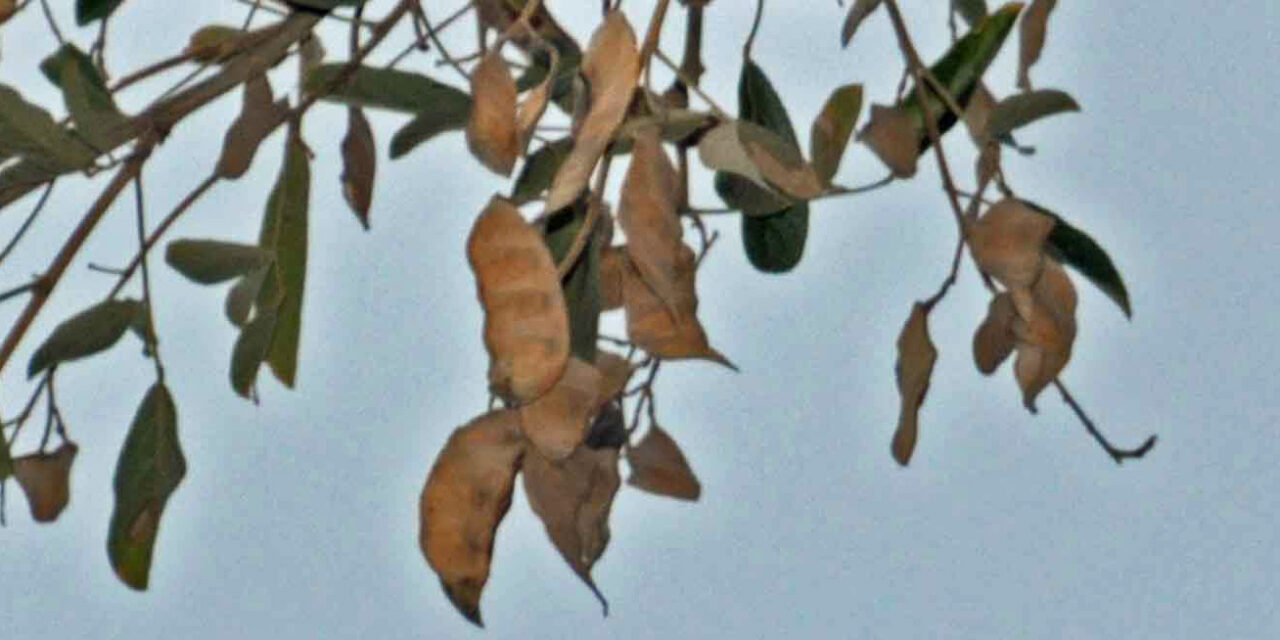
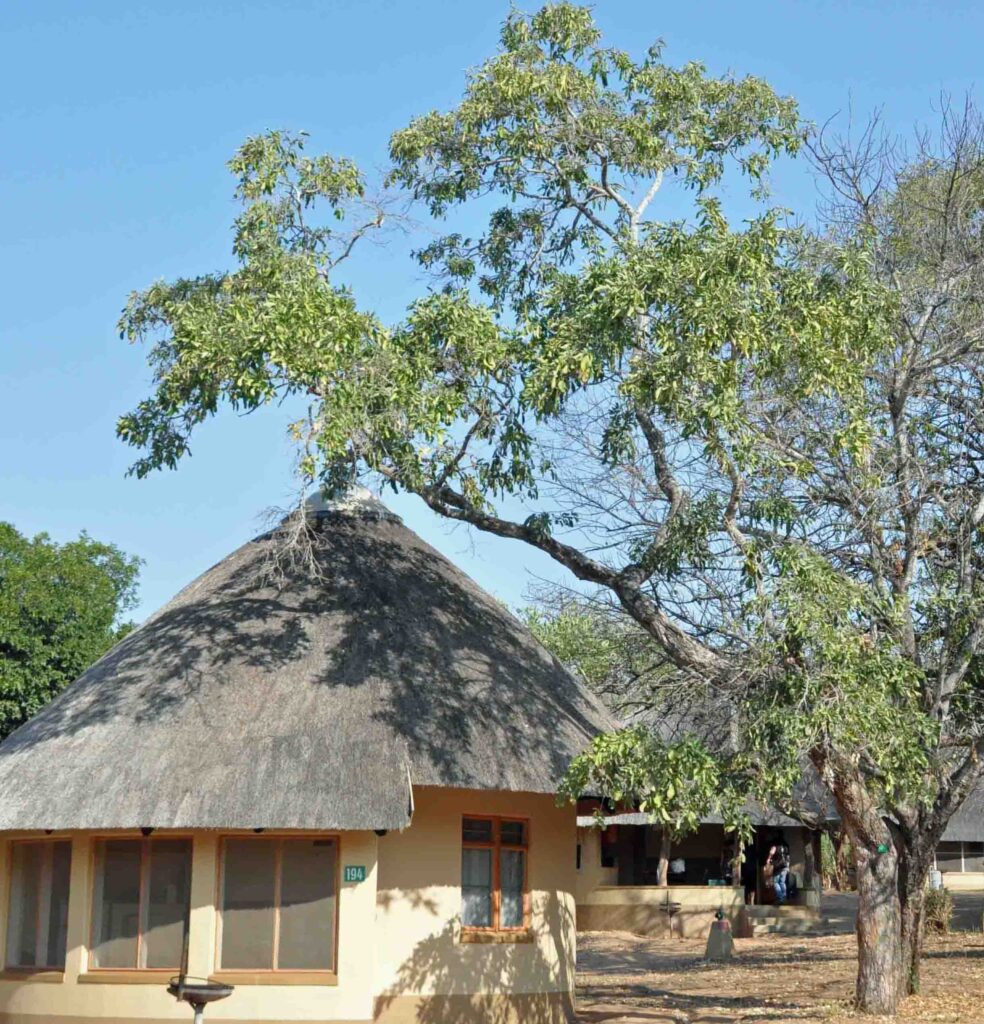
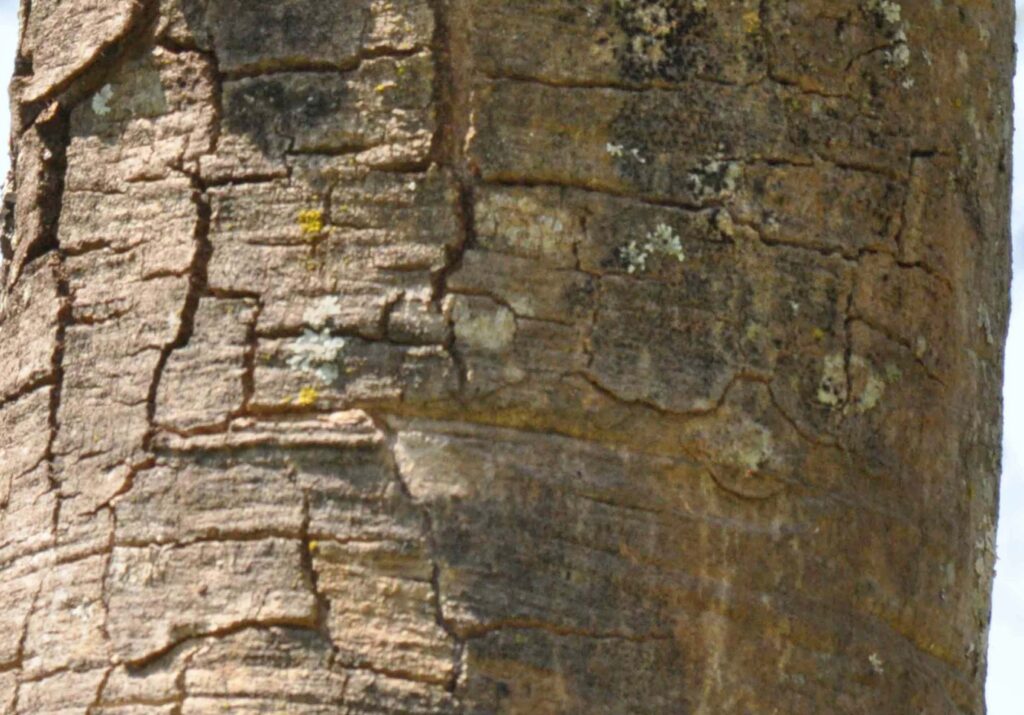
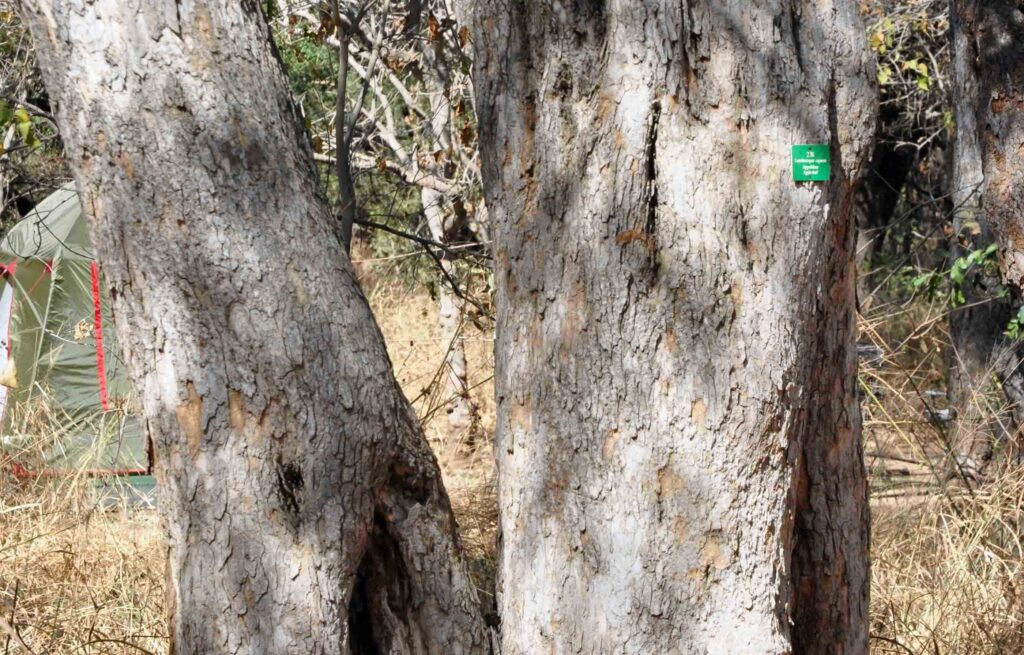
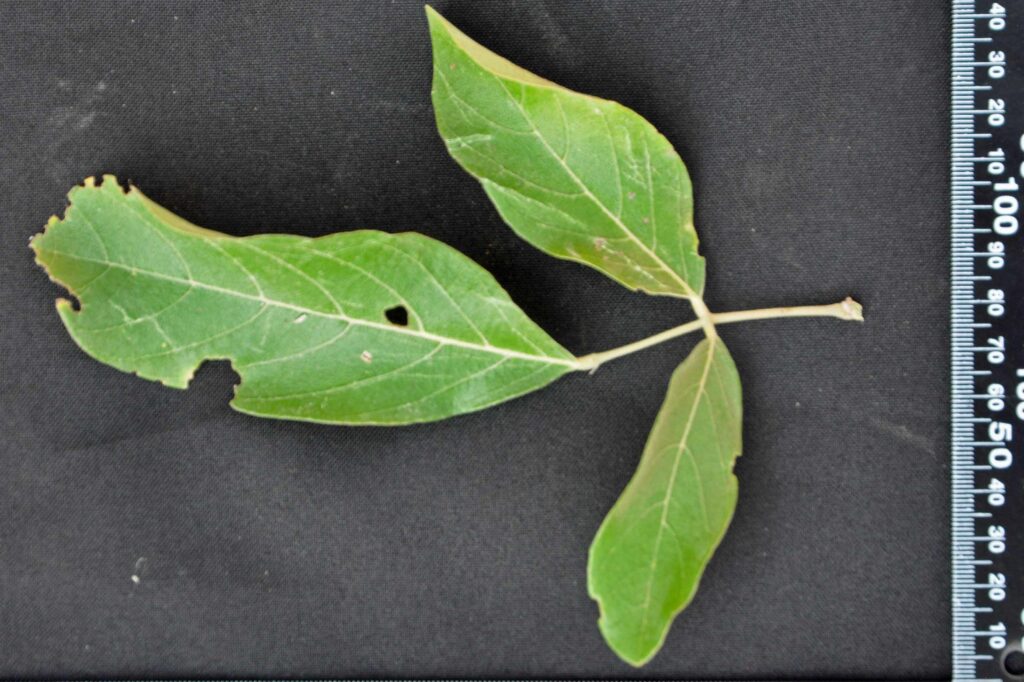
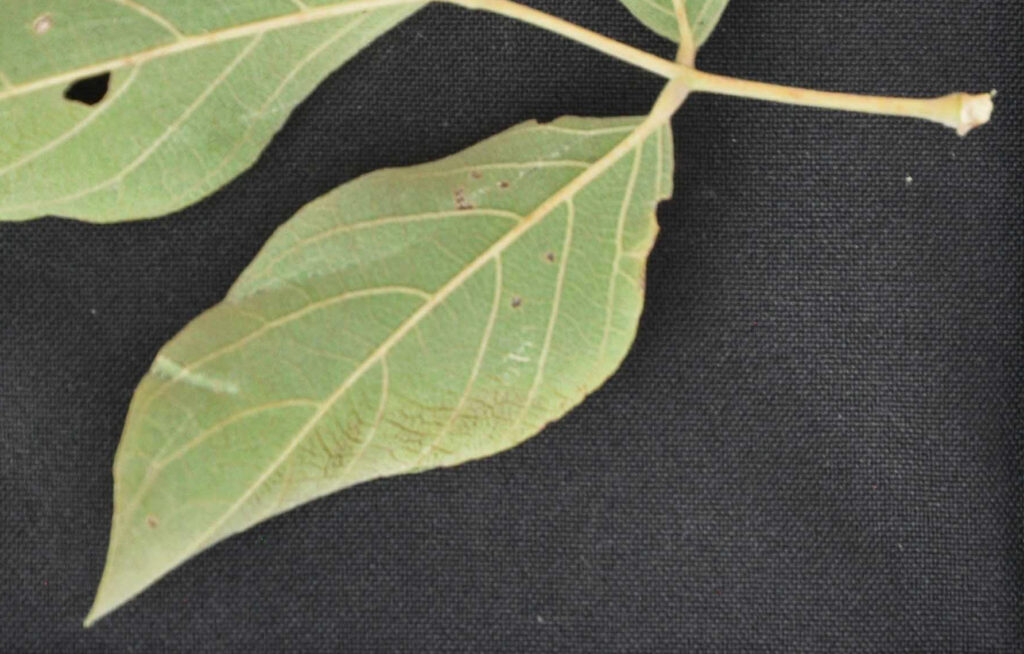
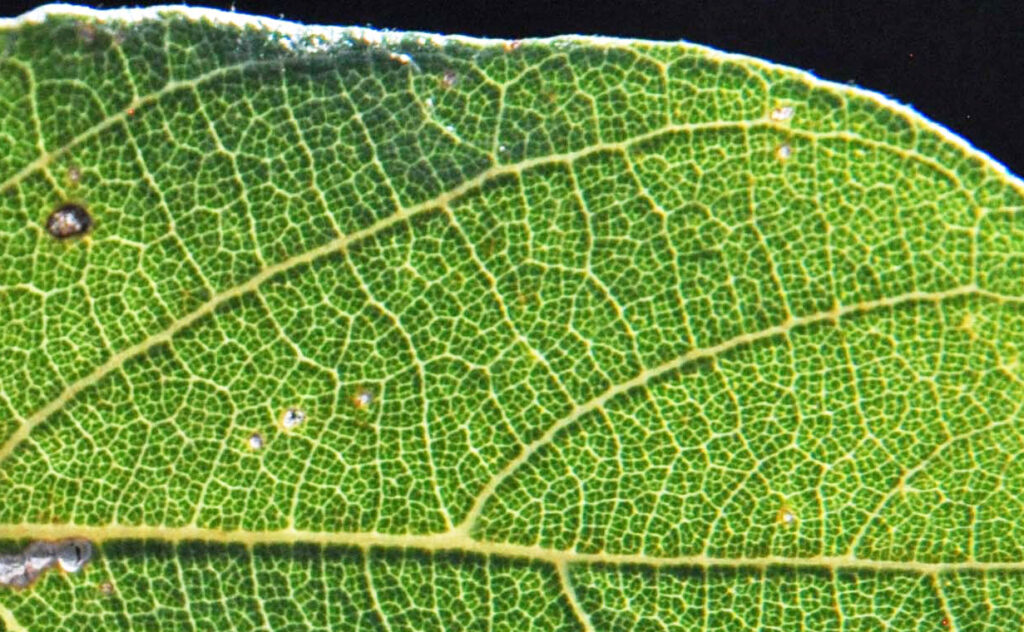
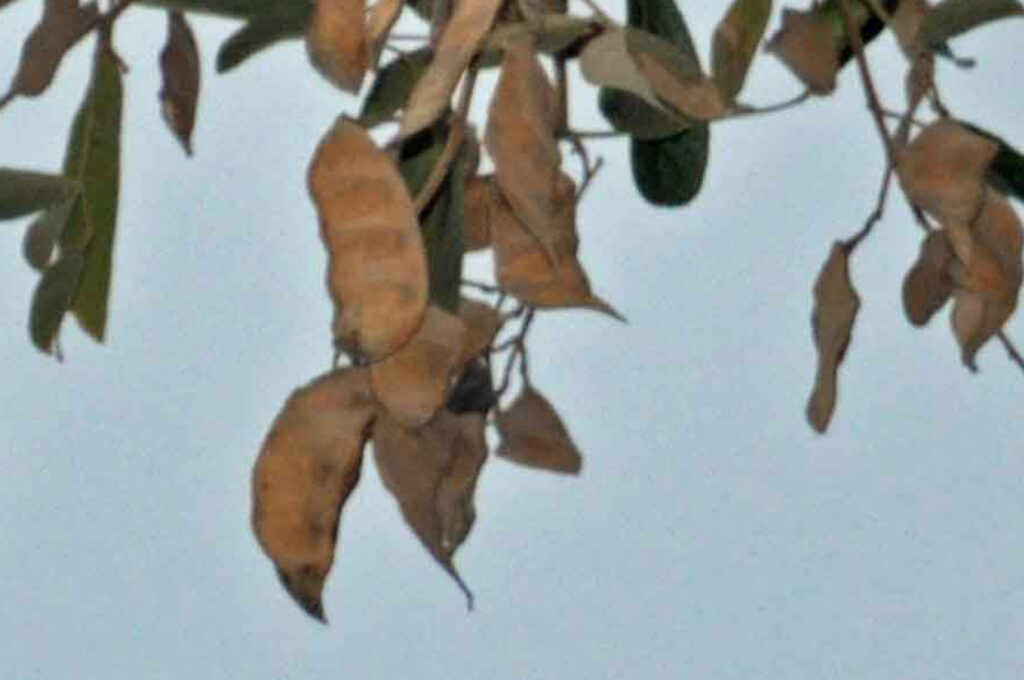
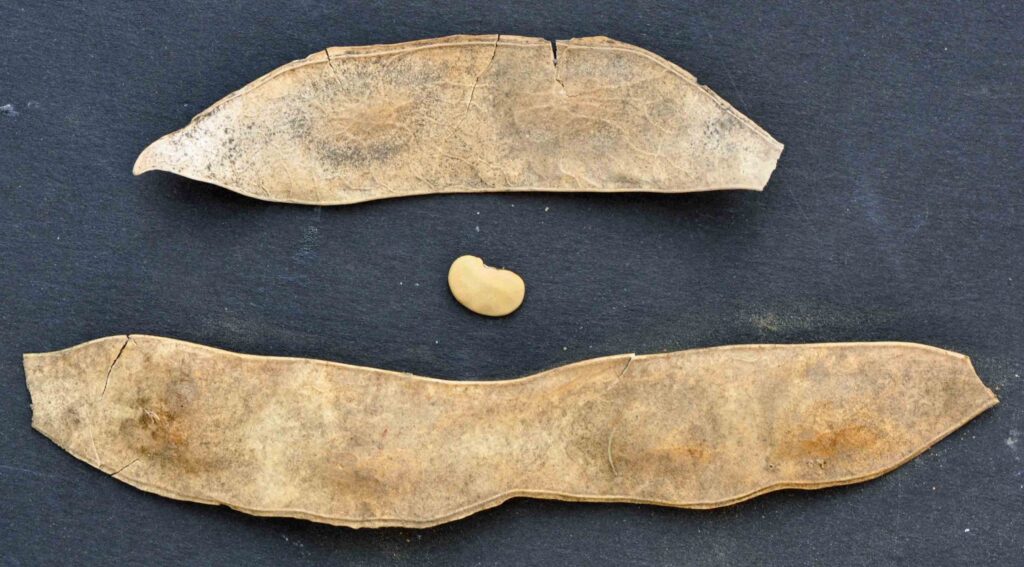
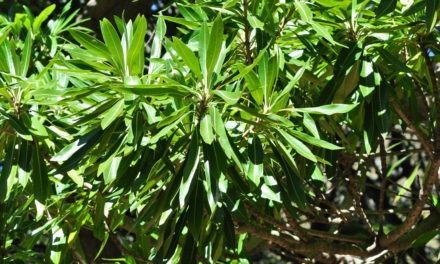

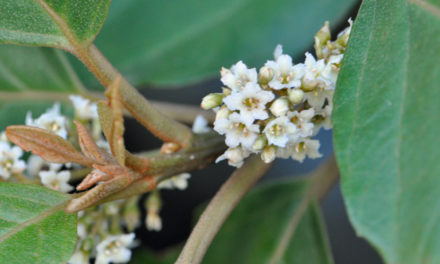

Please load the SANBI spell checker to ensure all binomials are correctly spelled.
Some distribution information can be added.
Acknowledge huge amount of work.
Greetings Eugene. This has been my retirement project – 298 plants so far after 7 years. Thank you for the comment. How do I get hold of the SANBI spell checker? All comments are gratefully accepted. Take care and stay safe.
David Becking.